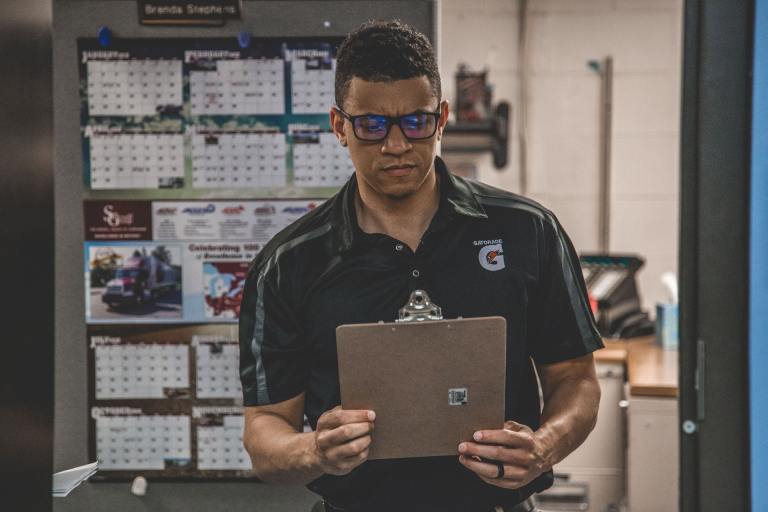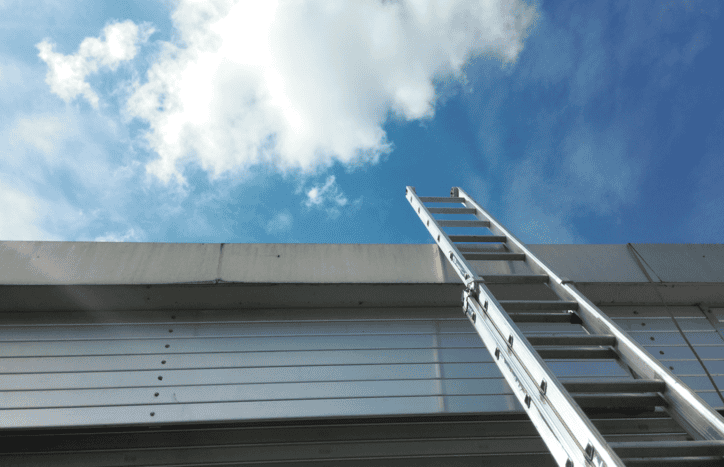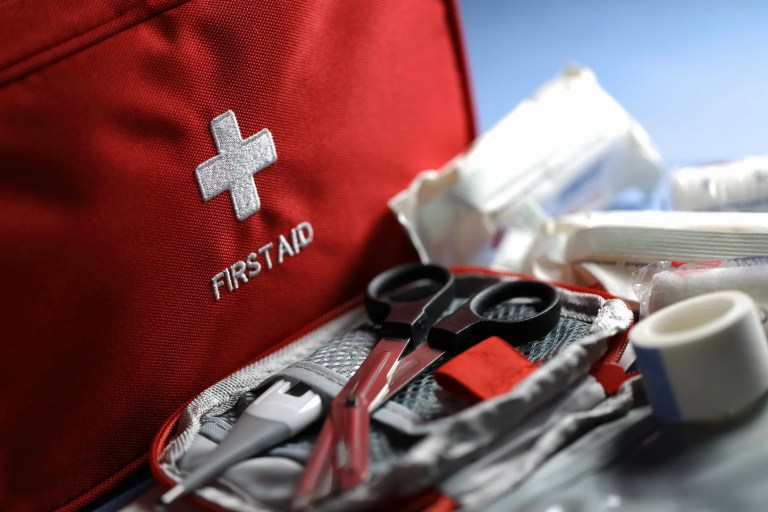CSA Z614-2020: Children’s Playground Equipment

In 1816, Friedrich Fröbel, a German educator and psychologist, introduced the concept of a “kindergarten,” which included an outdoor play area. He recommended playgrounds for children as a developmental aid and to help teach them a sense of fair play. This marked the beginning of organized play spaces specifically designed for children that nowadays we cannot imagine living without. CSA Z614-2020: Children’s Playground Equipment And Surfacing provides specifications for well-designed and well-constructed outdoor public-use playgrounds and protective surfacing of materials.
The First Playgrounds
Before playgrounds, many children, especially in urban areas, played in the streets or on curbs. Consequently, there was constant danger from being hit by passing cars. “Play streets,” or streets largely ignored by road traffic, were a popular option for children to seek out. The idea of playgrounds was first developed in Germany and were presented as a way to teach children how to play safely and fairly with one another. The first sketched concept of a playground was produced in 1848 by Henry Barnard; it featured a large, shaded area with teachers looking on as children played with wooden blocks, toy carts, and two rotary swings. In 1859, the very first purpose-built playground that was accessible to the public opened in a park in Manchester.
The first playgrounds in the 1880s-1890s were mostly attached to schools and often referred to as “sand gardens.” They were essentially giant sandboxes where children could safely and freely play. The first American playground opened in 1887 at Golden Gate Park in San Francisco. It included swings, slides, and even a carousel. Despite its popularity, this early model was regarded as a sort of oddity. It was not, until the turn of the 20th century, playgrounds in public spaces became common.
What Is CSA Z614?
CSA Z614-2020 contains recommendations on technical requirements and practices applicable to the design, manufacture/construction, installation, maintenance, and inspection of public-use playground equipment and its related spaces. By mitigating the identified hazards typically presented in various types of playground environments and play components, the requirements in CSA Z614-2020 aim to minimize the likelihood of life-threatening or serious injuries.
This standard promotes and encourages playgrounds that are well designed, well maintained, innovative, and challenging and, in so doing, contribute to the development of healthy children. CSA Z614-2020 takes into account the physical size, special characteristics, and developmental needs of children so that appropriate and challenging play experiences are provided. It applies to public-use playground equipment intended for children aged 18 months to 12 years.
How Did WWII Impact Playgrounds?
After a couple of decades of rapid development, the Great Depression and WWII effectively halted the further enhancement of playgrounds for years. During WWII, many of the playgrounds located in larger cities, were bombed out. Some sites were even raided for metal parts of the war effort. Thus, a generation of children once again had to make their own entertainment, leading them to play on the rubble left behind from bombed out buildings of the city.
These sites were commonly referred to as “junk playgrounds” and later evolved into the very first “adventure playgrounds.” These playgrounds were located at construction sites or junkyards and contained tires and other “junk” material, with a few existing play structures, that would allow children to build and create their own unique play area. Children could be found scaling wood planks, climbing on tires, or jumping on old mattresses. Although today’s adventure playgrounds differ from the WWII era in terms of equipment, they still inspire creativity and foster independence with its combination of fixed structures and movable materials that kids can explore and use in inventive ways.
Materials Used to Construct a Playground
CSA Z614-2020 states that playground equipment should be manufactured and constructed only of materials that have a demonstrated durability in the playground or a similar outdoor setting.
- Metals that are subject to structural degradation, such as rust or corrosion, should be painted, galvanized, or otherwise treated.
- All coatings and paints or other similar finishes should be non-toxic.
- Wood that is not naturally rot- and insect-resistant should be treated to resist rot and insect attack.
- Rocks, stones, and/or boulders should be purposely and individually selected for their intended function before installation.
- Playground equipment utilizing water should have a means of drainage to eliminate unintended standing/ ponding water. The issue of standing or stagnant water presents a risk of injury as bacteria (e.g., giardia) and insect larvae (e.g., mosquito) can generate quickly if left unattended.
- Plastics should be able to withstand normal playground use at 5th and 95th percentile temperature extremes for both region and season without adverse effects. They should be resistant to ultraviolet degradation.
- Ropes should be selected on the basis of durability, strength, elasticity, weight, resistance to vandalism, potential to cause skin burns or abrasion, and requirements for maintenance. They should be resistant to ultraviolet degradation. If ropes are mounted permanently on support(s), they should be steel cored or equivalently cut-resistant.
- The manufacturer and owner/operator should ensure that users of the playground equipment cannot ingest, inhale, or absorb through body surfaces potentially hazardous amounts of substances as a result of using the playground.
CSA Z614-2020: Children’s Playground Equipment And Surfacing is available on the ANSI Webstore.






